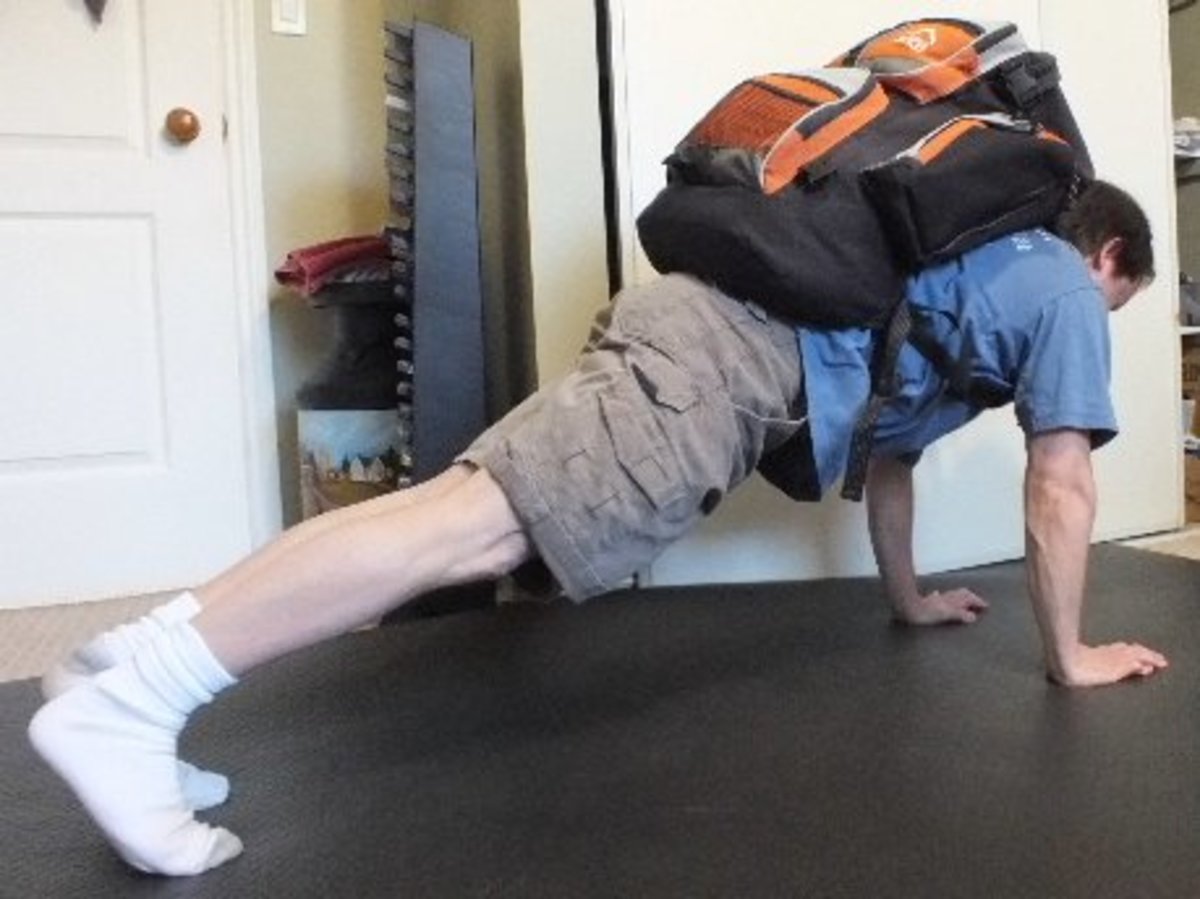7 Smart Tips for Choosing the Right Workout

How many times have you chosen a workout routine only to stop doing it a few short weeks or months after you started? Of course, this is a natural part of the trial and error process of finding a workout routine that works best for you. However it there are shortcuts through the process. You can objectively assess whether or not you are choosing the right workout by considering a number of different factors. There are seven key things to consider about a new workout: enjoyment level, fitness goals, physical requirements, workout time required, available fitness locations, ability to partner up with someone for the workout and total cost of this new routine.
Here are seven tips to follow for choosing the workout that is really going to work out best for you:
1. Choose a form of exercise that you enjoy. The number one tip that you can master is to learn to choose forms of exercise that you enjoy. It will take a little bit of time to figure this out. The more exercise options that you explore, the more likely it is that you are going to find a form of fitness that you truly love. You can narrow down your options by considering some basic things, though, such as whether you prefer team sports or individual workouts or whether you prefer working out indoors or outdoors. Of course, you should be willing to question your assumptions and to try new things when it comes to working out. Nevertheless, starting with what you know you like will really go a long way towards making certain that you choose a workout routine that is beneficial to you over a long period of time.
2. Confirm that this exercise fits in with your workout goals. Although enjoying your workout is the primary goal that you should have in mind when choosing your new fitness plan, you do need to take some time to think through whether or not the workout fits in with your goals. If you really enjoy restorative yoga but your goal is to build a lot of muscle mass or to get in more cardio then you’re going to need to explore additional options. Starting with an exercise form that you enjoy, you can add in different things to meet your goals. For example, you could explore muscle-building forms of yoga or add a cardio exercise to your routine (such as walking briskly to and from the yoga class). Use the exercise that you like as the foundation but set fitness goals and make sure to cater the exercise to meet those goals. If you are unsure about whether or not a form of fitness is going to help you to meet your goals, do some research or consider having a consultation with a good personal trainer.
3. Assess whether you have the physical ability necessary to do this workout. You need to confirm that you have the physical ability necessary to do the workout that you want to do. Most people will find that they can do most forms of exercise to at least a moderate degree. However, we all have physical limitations of one kind or another and you may find that your limitations hinder you from getting a good workout with certain routines. You will want to tailor your workout to make sure that you are pushing yourself but not beyond the point of your true physical limitations. For example, someone with extreme asthma would likely not be able to enjoy running long distances as a form of regular exercise. However, this person could incorporate running into a more comprehensive workout routine. Additionally, this person could speak with a doctor about trying to get the asthma under control. It’s worth it to get a physical and to discuss your fitness plans with your general practitioner. You’ll get a better idea of what shape you are in and how to make your workout truly work for you.
4. Make sure that you have the time to do this exercise. Ask yourself realistically if you are going to be able to make time for the form of exercise that you are thinking about choosing. You may want to choose a workout routine that requires hitting the gym five days per week after work but if you have other after-work duties then this may not be realistic for you. Likewise, you may want to choose lengthy workout routines but if you really only have time available to work out on your lunch hour then this probably isn’t going to work for you. Figure out realistically how much time your chosen workout is going to take and whether or not that will work for you. If it doesn’t work, you’ll end up giving up on your routine and getting nowhere. It’s best to think in advance about choosing a workout that you have time to do in your real life.
5. Consider how easy it will be to do this workout in your area. If you want to exercise regularly then you need to have readily available access to the form of exercise that you want to enjoy. If there’s only one pilates studio in your area then you might be limited. If you want to do kayaking but there’s no water to do that in where you live then you may need to consider a more readily available workout option. Of course, you could still make time to travel to go kayaking but you wouldn’t want this to be your primary form of fitness.
6. Ask yourself if you need a partner for this workout and if one will be available to you. Consider whether you need or want a partner before choosing a workout routine. If you do, make sure that you will be able to locate someone reliable who is willing to work out with you. If not, you may need to change your workout plans to include more individual options or to work with the fitness goals of someone who is willing to be your partner if you choose another workout routine.
7. Assess the cost of the exercise and make sure that you can budget it in accordingly. Finally, you do need to think about the cost of your chosen workout. What type of gear and clothing will you need and how much will that cost you at the start of your workout plan? What ongoing costs will there be? Do you have to pay gym memberships or trainer fees or parking fees at hiking trails? It’s really easy to give up on working out when you can justify doing so because it costs too much. Plan this out in advance, budget accordingly and choose a workout routine that is going to be financially feasible for you over a long period of time.
By assessing these things in the early stages of considering a new workout routine, you will be able to make smart fitness choices that lead to long-lasting success with exercise.








